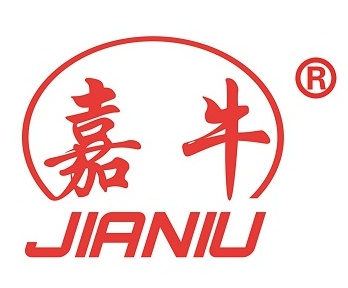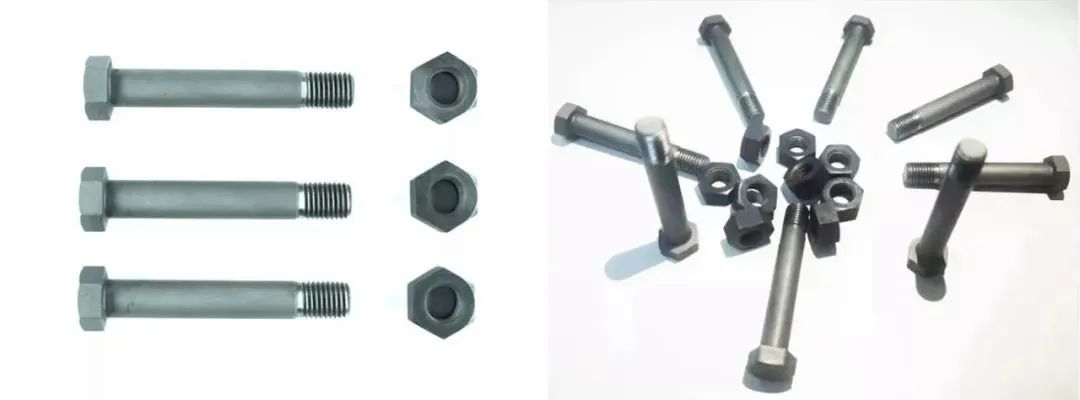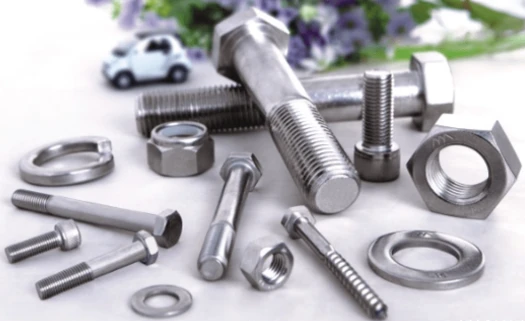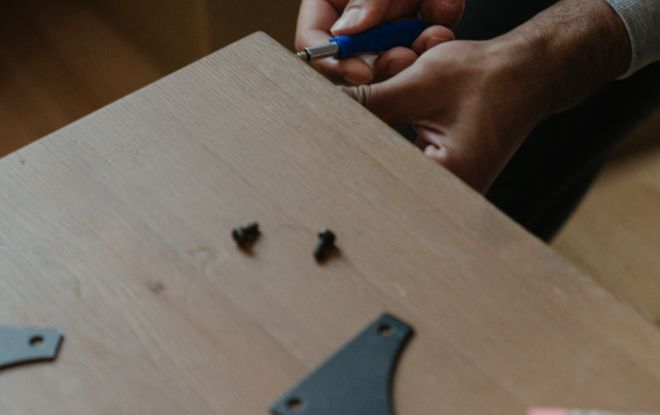Standard parts are generally classified as: bolts, nuts, studs, screws, self tapping screws, wood screws, washers, retaining rings, pins, rivets, fasteners -- assemblies and connecting pairs, others (such as welding nails, special-shaped nails, screw plugs, etc.)
Standard parts are widely used. Do you know its production process? Next, Xiaobian will explain the production process of standard parts.

(1) Cut
Cutting, also known as sawing, is the first step in the production process of standard parts. In a narrow sense, cutting refers to cutting objects (such as food, wood and other objects with low hardness) with sharp tools such as knives; Cutting in a broad sense refers to the use of tools, such as machine tools and flames, to break objects under the action of pressure or high temperature. It refers to the segmentation of raw materials to meet the standards for later use.
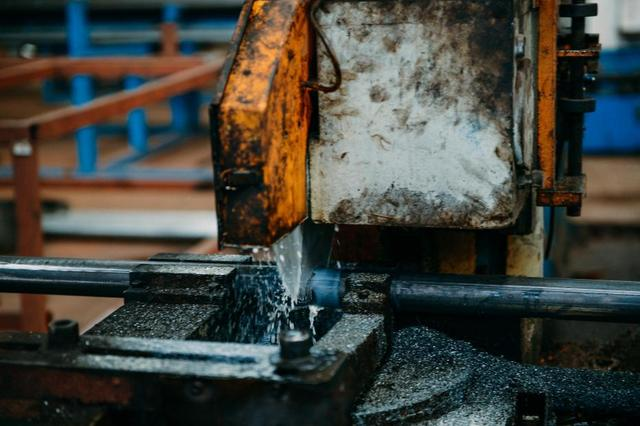
(2) Punch
Drilling is the second step in the production process of standard parts, which refers to drilling or drilling holes in solid or solid materials.
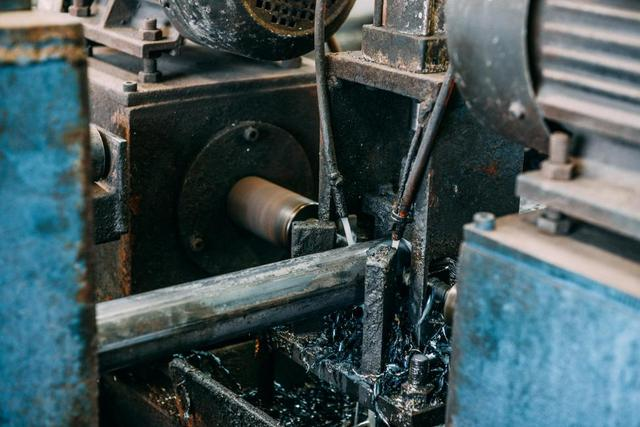
(3) Welding
Welding, also known as fusion, is a method of joining metals by heating, high temperature or high pressure
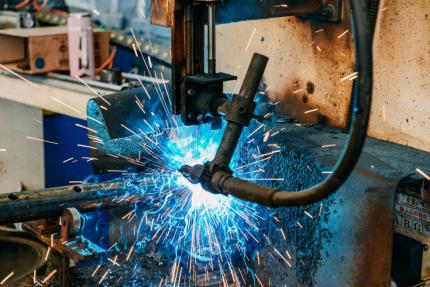
(4) Sandblasting
Sand blasting is a process of cleaning and roughening the surface of the substrate by the impact of high-speed sand flow. Compressed air is used as power to form a high-speed jet beam to spray materials (copper ore, quartz sand, carborundum, iron sand, Hainan sand) onto the surface of the workpiece to be treated at high speed, so that the appearance or shape of the outer surface of the workpiece surface changes. Due to the impact and cutting effect of the abrasive on the workpiece surface, the surface of the workpiece can obtain a certain degree of cleanliness and different roughness, and the mechanical properties of the workpiece surface can be improved, Therefore, the fatigue resistance of the workpiece is improved, the adhesion between the workpiece and the coating is increased, the durability of the coating film is extended, and it is also conducive to the leveling and decoration of the coating.
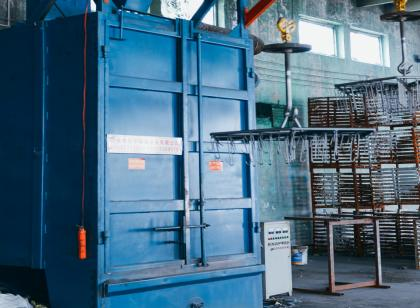
(5) Spray plastic
Plastic spraying is to charge the plastic powder through the high-voltage electrostatic equipment, spray the coating on the surface of the workpiece under the action of the electric field, and the powder will be uniformly adsorbed on the surface of the workpiece to form a powdery coating; The powder coating is leveled and solidified after high-temperature baking, and the plastic particles will melt into a dense final protective coating with different effects; Firmly adhere to the workpiece surface.
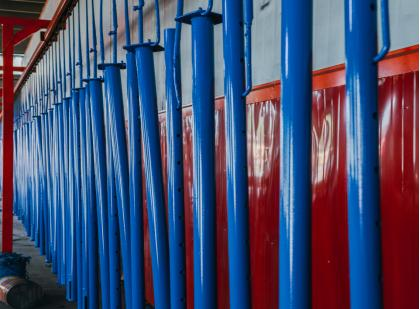
(6) Packing
Packaging is the last process of standard parts production, which refers to packaging the finished standard parts and finally delivering them to the customers who need them.

